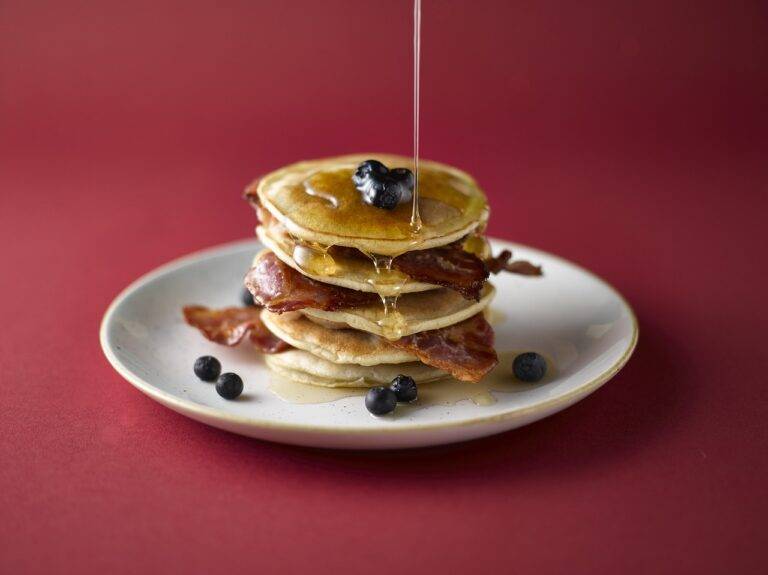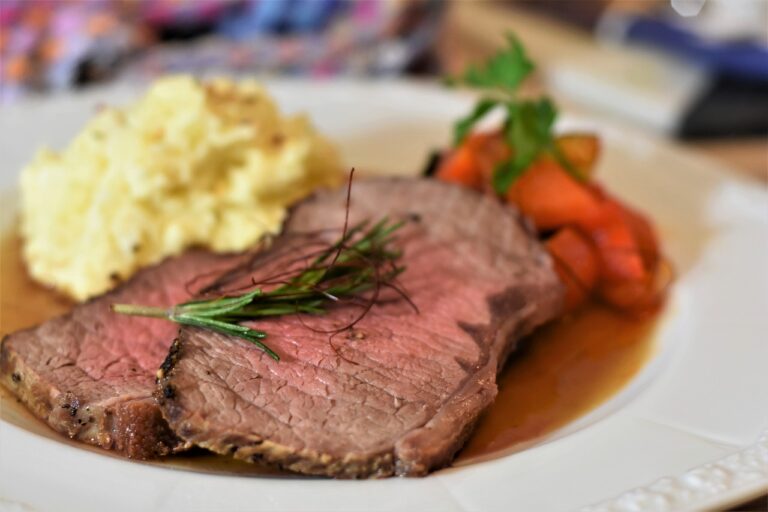How to Use Jams and Jellies in Savory Recipes: Play 99 exchange, Lotusbhai, Playexch in login
play 99 exchange, lotusbhai, playexch in login: Jams and jellies are often thought of as sweet spreads for toast or pastries, but did you know that they can be used in savory recipes as well? From glazes for meats to flavor enhancers for sauces, jams and jellies can add a unique twist to your savory dishes. In this article, we will explore how you can incorporate jams and jellies into your cooking to create delicious and unexpected flavors.
When it comes to using jams and jellies in savory recipes, the possibilities are endless. These versatile spreads can be used to add sweetness, acidity, and depth of flavor to a wide range of dishes. Whether you are looking to liven up a simple chicken dish or add a new dimension to a classic sauce, jams and jellies can be your secret ingredient for culinary success.
Here are a few ways you can use jams and jellies in savory recipes:
1. Glazes for meats: One of the most popular ways to use jams and jellies in savory recipes is as a glaze for meats. Simply mix your favorite jam or jelly with some spices, herbs, and a bit of vinegar or citrus juice to create a glaze that will add a delicious sweet and tangy flavor to your meat dishes. Brush the glaze onto chicken, pork, or even fish before baking or grilling for a mouthwatering finish.
2. Sauces and dressings: Jams and jellies can also be used to create flavorful sauces and dressings for your savory dishes. Mix a spoonful of jam or jelly with some olive oil, vinegar, and herbs to create a delicious dressing for salads or vegetables. You can also use jams and jellies as a base for barbecue sauce, stir-fry sauce, or even a glaze for roasted vegetables.
3. Marinades: Jams and jellies can add a unique sweetness and depth of flavor to marinades for meats and vegetables. Mix your favorite jam or jelly with some soy sauce, garlic, and ginger to create a delicious marinade for chicken, pork, or tofu. Let your protein marinate for a few hours or overnight to infuse it with the sweet and savory flavors of the jam.
4. Sandwich spreads: Instead of using traditional condiments like mustard or mayonnaise, try using jams and jellies as spreads for sandwiches and wraps. Mix a spoonful of jam or jelly with some cream cheese or Greek yogurt to create a flavorful spread for turkey, ham, or vegetable sandwiches. The sweetness of the jam will add a delicious contrast to the savory fillings of your sandwich.
5. Cheese pairings: Jams and jellies can also be used as accompaniments to cheese platters and charcuterie boards. Pair a spoonful of your favorite jam or jelly with a variety of cheeses, crackers, and meats for a delicious and sophisticated appetizer. The sweetness of the jam will complement the salty and savory flavors of the cheese, creating a perfect balance of tastes.
6. Dessert toppings: While jams and jellies are often used in sweet desserts, they can also be used to top savory dishes for a surprising twist. Try drizzling a spoonful of jam or jelly over grilled meats, roasted vegetables, or even savory tarts and pies for a unique flavor combination. The sweetness of the jam will add a delicious finishing touch to your savory dishes.
In conclusion, jams and jellies are not just for spreading on toast they can be used in a variety of ways to enhance the flavors of your savory dishes. Experiment with different flavors and combinations to discover new and exciting ways to incorporate jams and jellies into your cooking. Whether you are looking to add a touch of sweetness to a savory sauce or create a flavorful glaze for meats, jams and jellies are a versatile and delicious ingredient to have in your kitchen arsenal.
FAQs:
Q: Can I use any type of jam or jelly in savory recipes?
A: While you can certainly experiment with different flavors of jams and jellies in savory recipes, some may work better than others depending on the dish. Fruit-based jams like raspberry, apricot, and fig tend to be versatile and pair well with a wide range of savory dishes. It’s all about finding the right balance of sweet and savory flavors.
Q: Are jams and jellies high in sugar?
A: Yes, jams and jellies are typically high in sugar due to the fruit content. If you are trying to reduce your sugar intake, you can look for reduced-sugar or sugar-free options at the store. Alternatively, you can also try making your own jams and jellies using natural sweeteners like honey or maple syrup.
Q: How long can I store jams and jellies for?
A: Jams and jellies can typically be stored in the refrigerator for several weeks to a few months, depending on the type and preservatives used. Be sure to check the expiration date on the label and follow any storage instructions provided. If you notice any signs of mold or spoilage, discard the jam or jelly immediately.
Q: Can I freeze jams and jellies?
A: Yes, jams and jellies can be frozen for longer storage. Simply transfer the jam or jelly to a freezer-safe container and store it in the freezer for up to a year. Thaw the jam in the refrigerator before using and consume it within a few weeks for the best quality.
Q: Are jams and jellies gluten-free?
A: Most jams and jellies are naturally gluten-free, as they are made from fruit, sugar, and pectin. However, it’s always a good idea to check the label for any additional ingredients that may contain gluten, such as thickeners or stabilizers. If you have a gluten intolerance or allergy, be sure to choose jams and jellies that are certified gluten-free.
Q: Can I substitute jams and jellies in recipes?
A: In most cases, you can substitute jams and jellies in recipes if you don’t have a specific type on hand. For example, you can use apricot jam instead of peach jam, or raspberry preserves instead of strawberry jelly. Keep in mind that the flavor and sweetness may vary slightly, so adjust the quantity to taste accordingly.







